Learn when to use product inspection vs. lab testing in fashion. Deepwear explains AQL, compliance tests, and how to protect your brand before shipment.
In fashion, quality is non-negotiable especially when launching in competitive global markets. One missed defect, one failed compliance test, or one overlooked detail can lead to returns, delays, and damaged trust. That’s why product inspection and product testing are vital tools in every fashion brand’s toolkit.
But what exactly is the difference? And when do you need one or both?
At Deepwear, we’ve spent decades navigating the ins and outs of manufacturing across Europe, Asia, and beyond. We’ve seen firsthand what happens when compliance is mistaken for quality, and when well-certified factories fall short in practice.
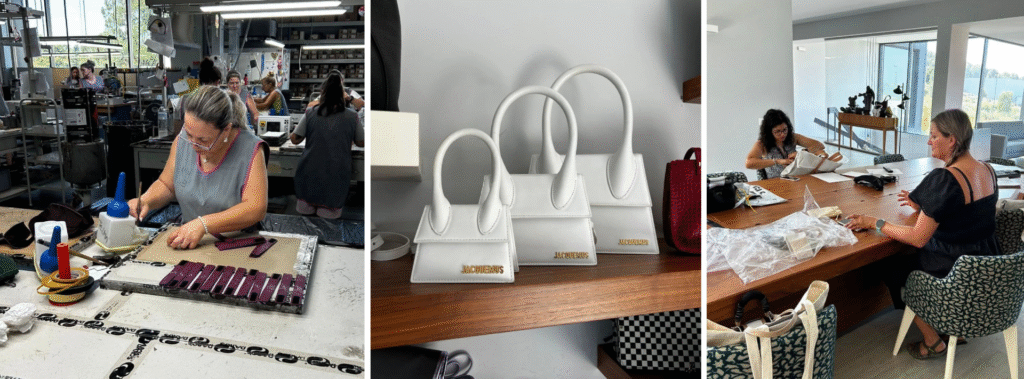
In this guide, we break down:
- What product inspection really involves (and what it protects you from)
- When and why you need product testing, including key compliance standards
- The practical differences between the two — tools, timing, and outcomes
- What happens when brands skip these steps — and how to avoid the fallout
- How Deepwear approaches quality control beyond the checklist, with hands-on, global support
Here’s what we’ve learned — and what every fashion brand should know.
What is Product Inspection?
Product inspection is a hands-on, on-site evaluation of your goods — often during production or before shipment. It ensures your products meet real-world expectations, not just what’s listed in a tech pack or email.
In fashion, product inspection plays a critical role in preventing avoidable defects and confirming that items are retail-ready before they leave the factory.
A thorough inspection typically covers:
- Visual defects: stains, holes, loose threads, uneven dyeing, or crooked prints
- Fit and measurement checks: especially for garments with complex size grading or embellishments
- Functional testing: ensuring zippers, buttons, snaps, clasps, or closures work properly
- Labeling and packaging: checking that barcodes, size tags, hangtags, and packaging match your specifications
- Physical durability: inspecting seam strength, fabric density, and stretch recovery using standard field tools

These evaluations are often guided by AQL (Acceptable Quality Level) standard which is a globally recognized method to assess acceptable defect thresholds within a production batch.
At Deepwear, we do more than check boxes. We physically visit the manufacturers in our network — whether they’re large-scale garment producers or small artisan units — and conduct live inspections. We work closely with the factory floor, not from a distance, and this matters.
Many certified suppliers still produce inconsistencies. A shiny certificate isn’t enough if there’s no on-the-ground accountability. Deepwear can identify small issues before they escalate into full-scale disasters, and we do this through trusted relationships, not just rigid checklists.
If you’re working with new suppliers, scaling production, or manufacturing across borders, regular inspections can protect your investment and your brand reputation. You can also explore our related post:
How to distinguish a real sustainable sourcing company from a fake one? for more on managing supplier trust and transparency.
What is Product Testing?
Product testing takes quality control a level deeper. While inspections examine appearance and functionality, testing assesses a product’s chemical safety, durability, and regulatory compliance using certified laboratory equipment and controlled methods.
Common fashion product compliance testing includes:
- Colorfastness (wash/light exposure)
- Wash and wear resistance
- Tensile and tear strength
- Chemical safety (e.g., lead, azo dyes, formaldehyde)
- Compliance testing for REACH (EU), CPSIA (US), and others
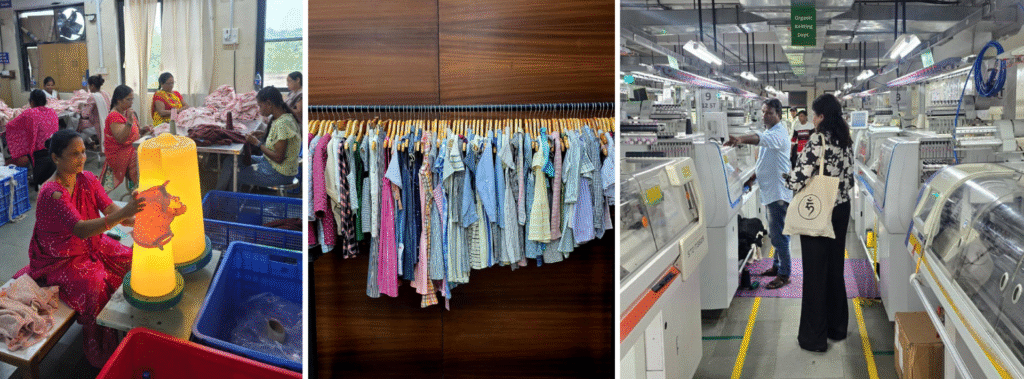
These tests are not optional when your product is entering international markets. Retailers and regulators may reject or recall non-compliant products resulting in loss of inventory, delayed launches, and fines.
Deepwear can coordinate certified lab testing through our trusted lab partners — not only for mass production but also for sampling and prototype phases. Our team can guide you through which tests are legally required, which are recommended for performance branding, and which may be unnecessary based on your material specs and target markets.
For example, we can help brands avoid redundant testing when switching to similar materials across collections. Or we can recommend targeted tests for key components, like a metal buckle on a handbag, instead of wasting time and money on every element.
If your brand markets features like “anti-bacterial fabrics,” “UV protection,” or “eco-safe dyes,” you need documentation that stands up to scrutiny and Deepwear can support that verification without overcomplicating the process.
Inspection vs Testing — Key Differences
Product inspection and product testing are two distinct but complementary quality assurance tools — each serving a different purpose within the production process.
Here’s how they compare:
- Where they happen:
- Inspections take place directly at the factory — often on the production line.
- Testing happens off-site, typically in a certified lab.
- What tools are used:
- Inspections rely on portable tools such as tape measures, calipers, color swatches, and pull gauges.
- Testing involves advanced lab equipment for chemical analysis, abrasion testing, tear resistance, and more.
- Inspections rely on portable tools such as tape measures, calipers, color swatches, and pull gauges.
- What they focus on:
- Inspections are about catching visible or functional flaws — such as sizing inconsistencies, poor stitching, or missing components.
- Testing dives deeper into performance and safety — checking for harmful chemicals, regulatory compliance, or fabric strength under repeated stress.
- Who performs them:
- Inspections are typically carried out by trained QC inspectors or sourcing agents.
- Testing is handled by specialized lab technicians and analysts.
- Inspections are typically carried out by trained QC inspectors or sourcing agents.
- When they are needed:
- Inspections can be done at multiple points — during production, before packing, or prior to shipment.
- Testing is usually done before entering the market, especially for regulatory approval or technical claims.

When Do You Need Lab Testing?
Do lab testing before market entry when:
- Making safety/performance claims
- Exporting to regulated markets
- Ensuring quality control for apparel brands
- Avoiding recalls from chemical or performance failures
Want a compliance check before production? Request a quick testing scoping call with Deepwear’s lab partners
Common Compliance Standards to Know
- REACH – Restricts hazardous substances in the EU market
- CPSIA – U.S. safety standards for children’s apparel
- OEKO-TEX® – Voluntary textile safety certification
- ISO standards – For durability, shrinkage, and performance
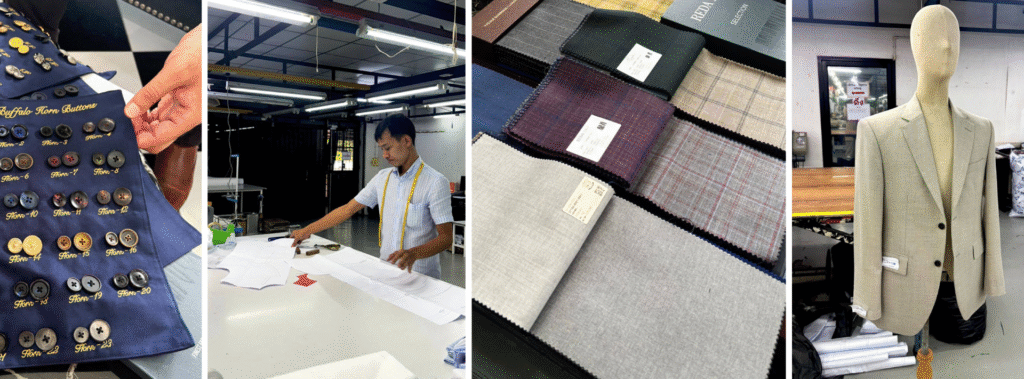
What Happens When You Don’t Inspect or Test?
Skipping inspection or testing might seem like a way to save time or money, but the risks are far more costly in the long run.
Here’s what can go wrong:
- Products may arrive with stitching defects, broken zippers, color mismatches, or sizing issues that ruin first impressions.
- Jewelry or accessories could fail safety checks for nickel or lead once they hit customs.
- Chemical content violations or poor performance (e.g. shrinkage after one wash) can trigger product recalls, returns, or even fines.
- You risk serious damage to your brand’s reputation especially with consumers who expect transparency and quality.
These problems are often preventable. And at Deepwear, we’ve seen them all — from garments with mismatched sleeves due to factory miscommunication, to small fabric defects that could have been flagged if only someone had inspected the right batch at the right time.
The bottom line? You pay for quality control either way — up front through proactive checks, or later through crisis management. It’s far more cost-effective to catch mistakes early and build reliability into your supply chain.
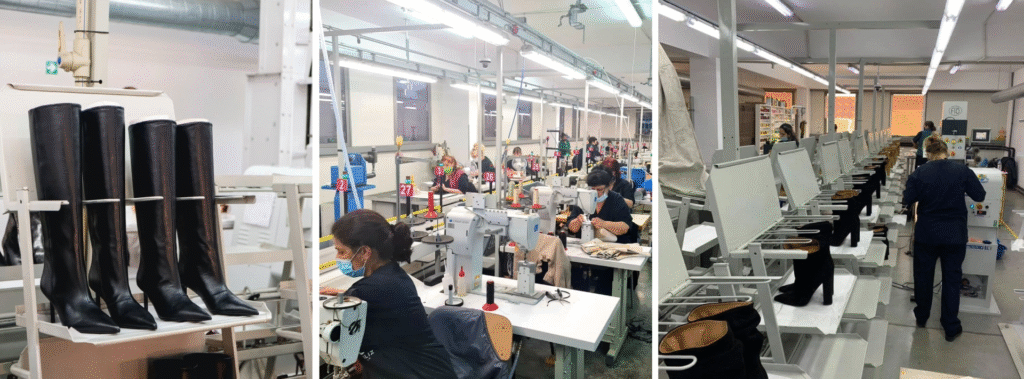
How Deepwear Supports Inspection & Testing
At Deepwear, quality assurance is never just about ticking boxes. We collaborate closely with our clients to guide decisions based on real-world context, not assumptions or surface-level claims.
Here’s what sets us apart:
- Decades of Industry Insight
Led by Thoray D’haese Sacoor, our team brings decades of global experience across fashion, sourcing, and manufacturing. We’ve learned by doing — and unlearning. We know that certifications alone don’t guarantee quality, and that long-term supplier success often comes down to practical wisdom, transparency, and trust. - On-the-Ground Oversight
From Portugal to India to Thailand, we personally verify every factory we work with. Brochures and badges often tell only part of the story. That’s why we conduct in-person audits — to assess not just production capability, but ethical alignment, working conditions, and overall communication standards. - Substance Over Hype
Some of the most reliable, ethically driven manufacturers don’t have flashy credentials — and that’s fine. We evaluate partners based on their actual practices, not just marketing. Many of our best-performing suppliers are small-scale artisans whose craftsmanship, environmental responsibility, and reliability speak louder than any logo. - Tailored, Transparent Consulting
We don’t offer one-size-fits-all advice. Whether you’re launching your brand, refining your sourcing strategy, or preparing for global expansion, our consulting services are designed to help you scale responsibly without losing sight of profitability or purpose.
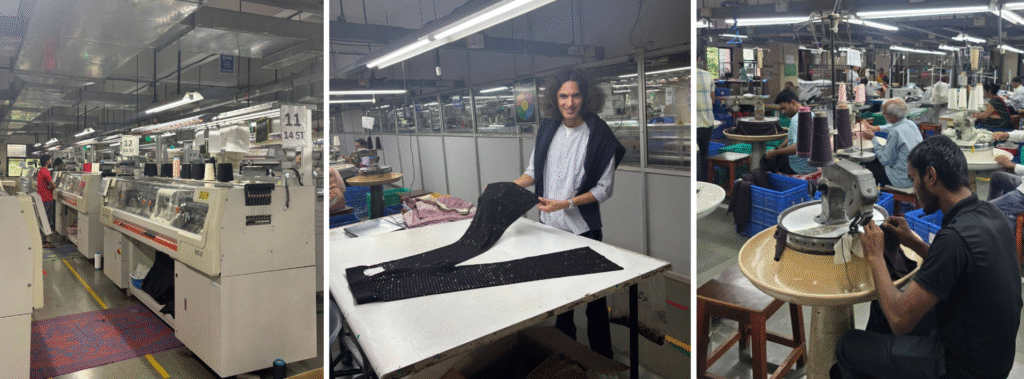
Quality control and testing are integral to brand success — not afterthoughts. When done right, they don’t just catch problems. They build resilience, earn trust, and protect your vision
When should a brand do product testing?
Before market entry, for regulated exports, or when making claims like UV protection or antibacterial fabrics. Also essential for chemical and durability compliance.
What does an AQL inspection check for?
Visible defects, fit issues, and functional failures in sample batches to ensure retail readiness.
Can inspection replace testing?
No. Inspections catch visible and functional issues; testing verifies safety and performance in a lab. Most brands need both.
Inspection catches visible faults. Testing proves safety and performance. Combined, they protect your brand and market access.
At Deepwear, we bring decades of firsthand experience, global reach, and a hands-on approach to every step of the production process. We help brands spot problems early, make smarter sourcing choices, and build supply chains that don’t just function — they endure.
Ready to avoid recalls and ship with confidence? Book an inspection & testing strategy call with Deepwear’s quality team or explore our inspection and lab services.